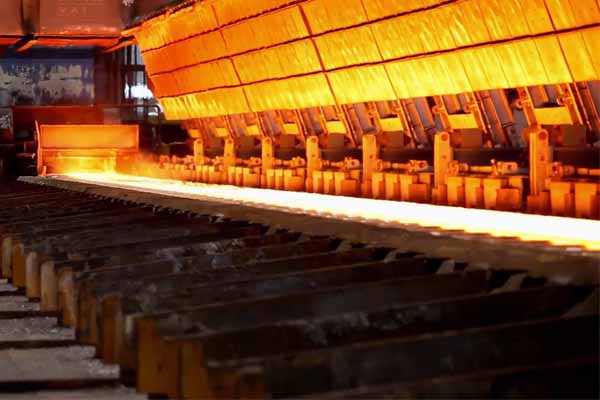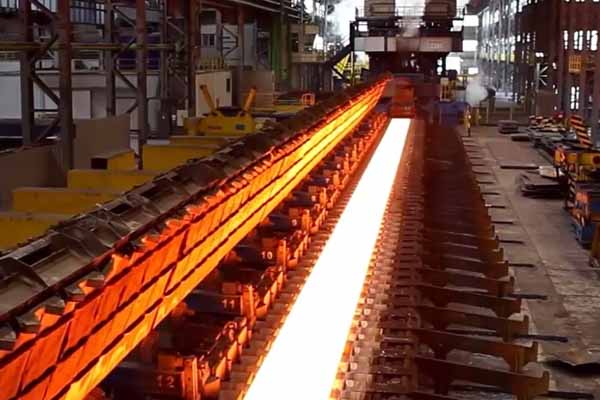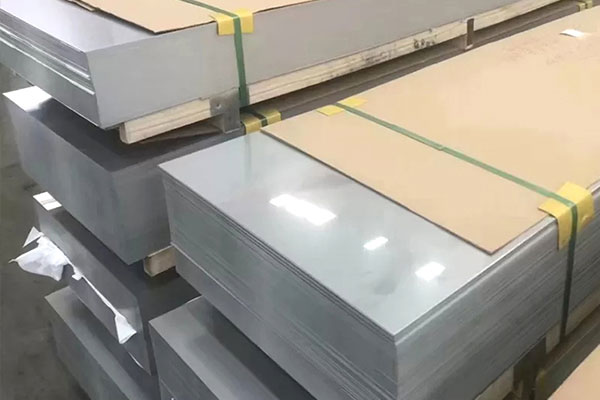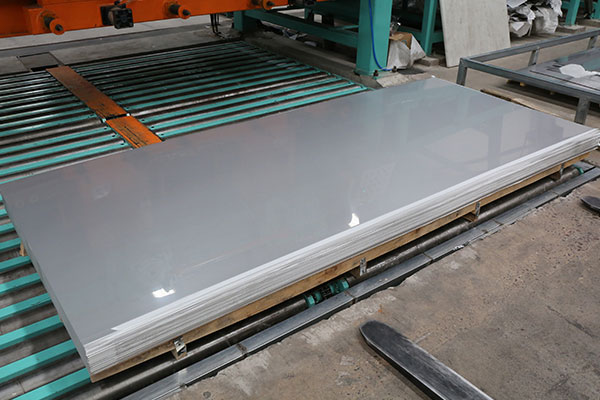The four basic types of heat treatment steel undergoes today: annealing, normalizing, hardening, and tempering. In the post, we’ll cover all details.
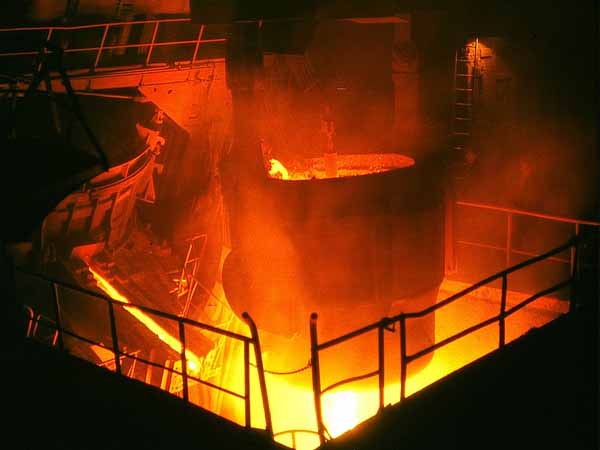
Heat Treatment Steel: Annealing:
As opposed to hardening, The purpose of annealing is anneal metals to relieve stress, soften the metal, increase ductility, and improve their grain structures. For example, without an appropriate preheating stage, welding can lead to a metal with uneven temperatures, even molten areas next to areas that are at room temperature. In those circumstances, welding can make the metal weaker: as the weld gets cooler, internal stresses develop alongside hard and brittle spots. Annealing is one way to fix common problems like these and relieve internal stresses.
To anneal steels and other ferrous metals to produce the highest level of ductility, you must heat the metal slowly to the appropriate temperature, soak it, the amount of time you let the metal soak depends on both its type and its mass, and then allow it to cool slowly by either burying it in some sort of insulating material or by simply turning off the furnace and letting both the furnace and the part cool slowly together. Note that If it’s low-carbon steel, it’ll require the highest possible annealing temperature and, as the carbon content increases, its annealing temperature will decrease.
Heat Treatment Steel: Normalizing:
The purpose of normalizing is to remove any internal stresses from heat treatment, machining, forging, forming, welding, or casting. Normalizing steel before any hardening can help ensure the success of projects, lest the metal failure due to uncontrolled stress.
Note that normalizing only applies to ferrous metals like steel. And unlike annealing, when normalizing, after the metal is heated to a higher temperature, it is air-cooled after removal from the furnace, instead of soaking. Since normalized metals are air-cooled, the mass of the metal is a key determinant of the cooling rate and resulting part’s level of hardness. During normalizing, thinner pieces will cool faster in the air and become harder than thicker pieces. But, with annealing and its furnace cooling, the hardness of both thick and thin parts will be comparable.
If the metal part needs to withstand impact or have maximum toughness to resist external stresses, it is usually recommended that it is normalized rather than annealed. Normalized steel is stronger than annealed steel. With both high strength and high ductility, it is tougher than annealed steel.
Heat Treatment Steel: Hardening:
The intent of hardening is harden the steel and make it stronger, but it also decreases ductility, making the metal more brittle, so after hardening, you may need to temper the metal to remove some of the brittleness.
To harden most steels, you would use the first two stages of heat treatment (slow temperature heat followed by soaking by a specified time to a uniform temperature), the third stage is different. When you harden metals, most steels require rapid cooling, called quenching, to be hardened, which is rapidly cool them by plunging them into water, oil, or brine, but there are a few that can be successfully air-cooled.
Typically, carbon steels are quenched in brine or water, whereas alloy steels are quenched in oil. Note that quenching can produces high internal stress, to relieve the internal stress of steel, one option is to temper it. Read on to learn more about tempering.
Heat Treatment Steel: Tempering:
After you harden a metal, steel is often both harder than needed and too brittle, may be to temper the steel to reduce that brittleness and remove or relieve the internal stresses. Thus, tempering always follows hardening, when you temper a steel part, you reduce the hardness that was caused by hardening and you develop certain physical properties.
During tempering, tempering consists of the same three stages as heat treatment. Heating steel to a set temperature below its hardening temperature, hold the steel at that temperature for a specified period, cool the steel, typically in still air. The main difference is the temperature of tempering and its effect on hardness, strength, and, of course, ductility. Other heat treatment processes such as annealing, normalizing, and hardening always include temperatures above the metal’s upper critical point, tempering is always done at temperatures below it.
Ronsco works with a range of heat treatment steel partners to provide our customers with quality materials that match their specifications, including stainless steel sheet, plate, coil, strip. Please reach out to service@rosnteel.com for your heat treatment needs.
 English
English Русский
Русский


